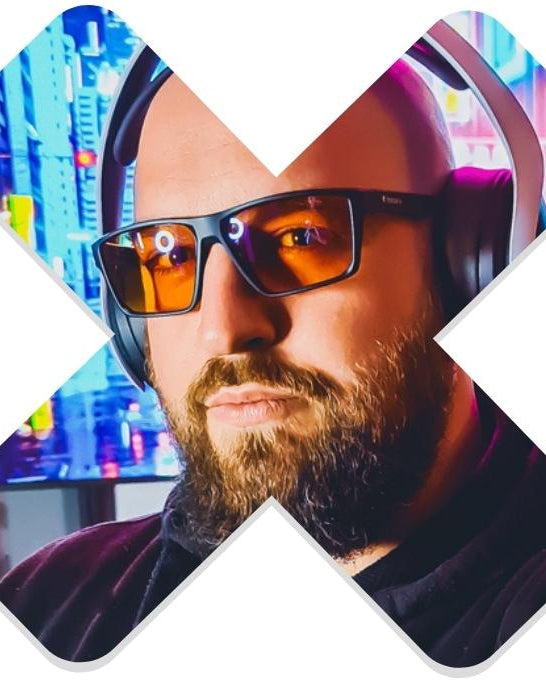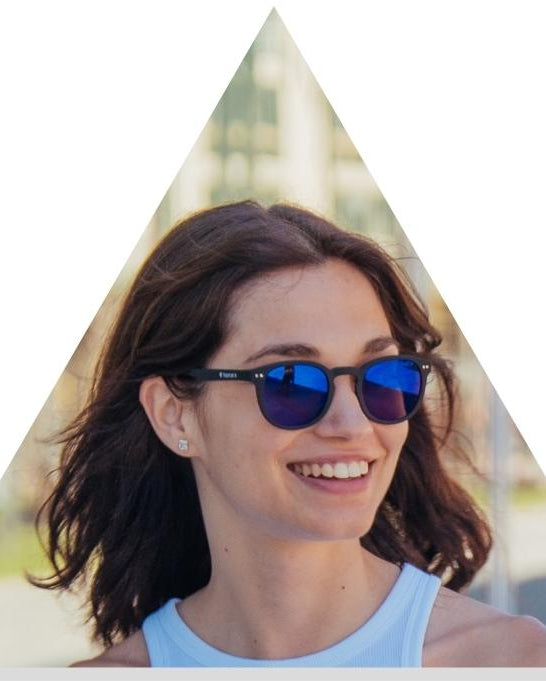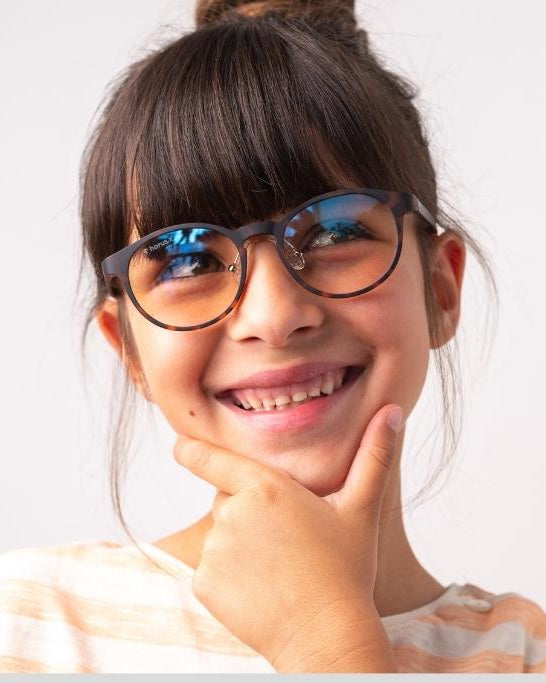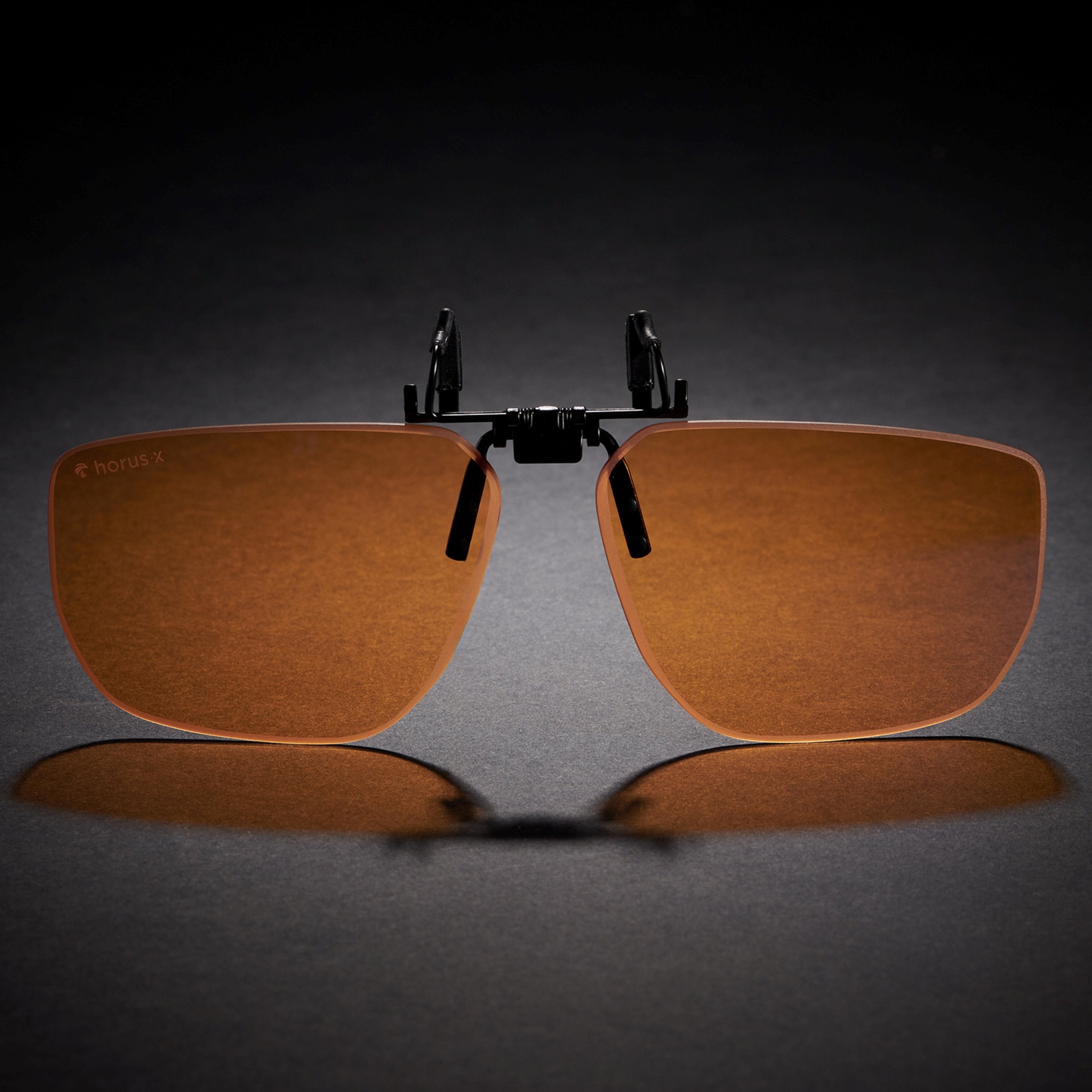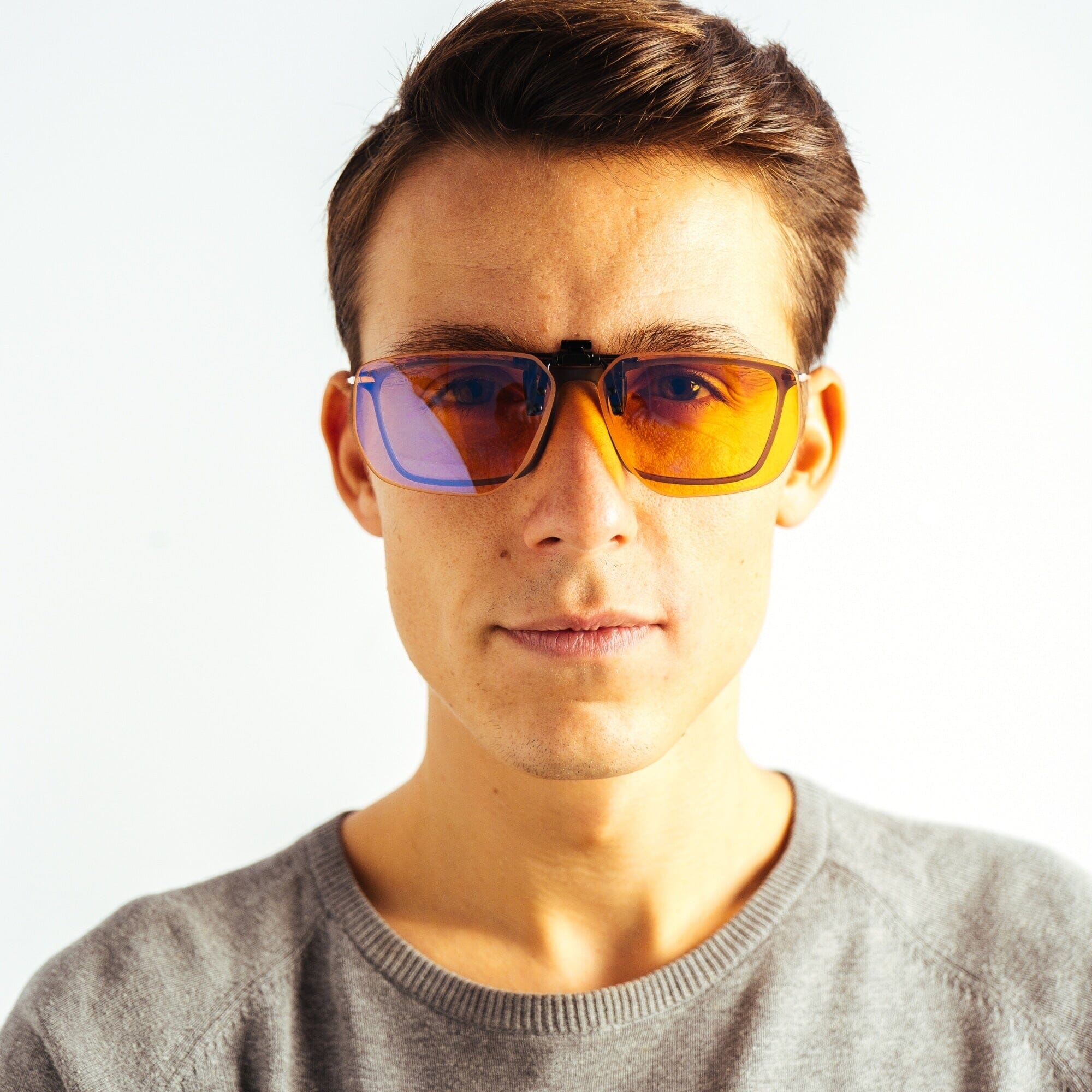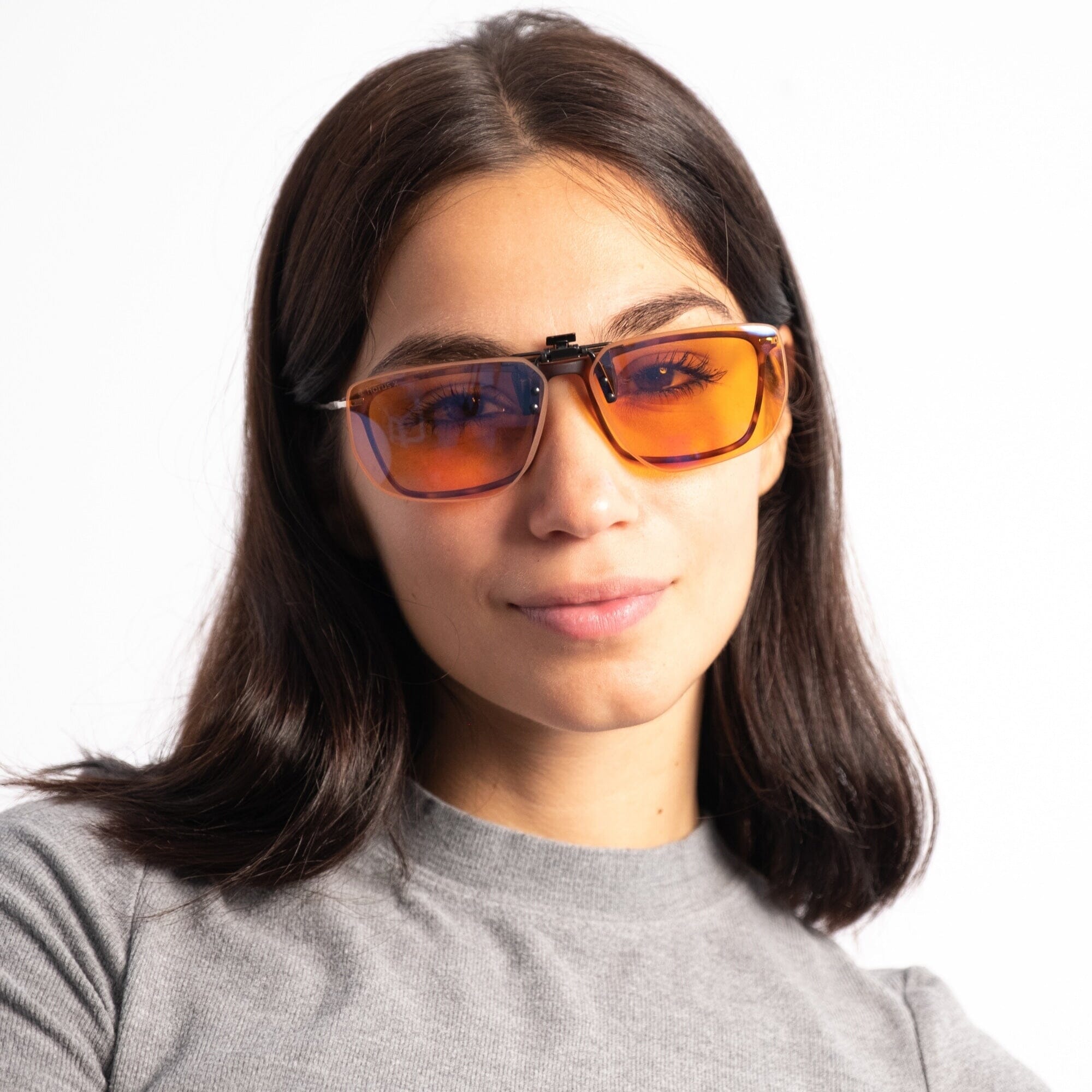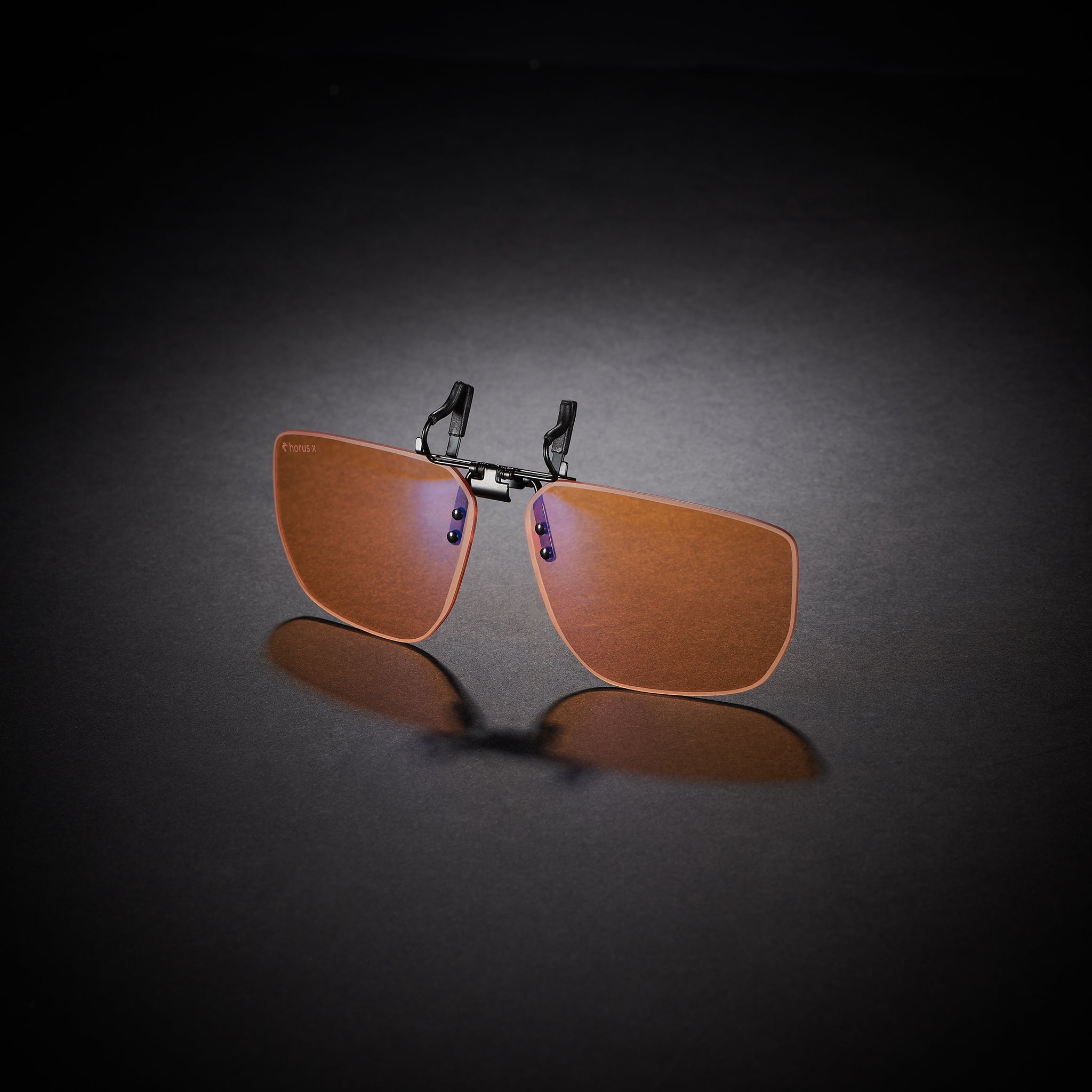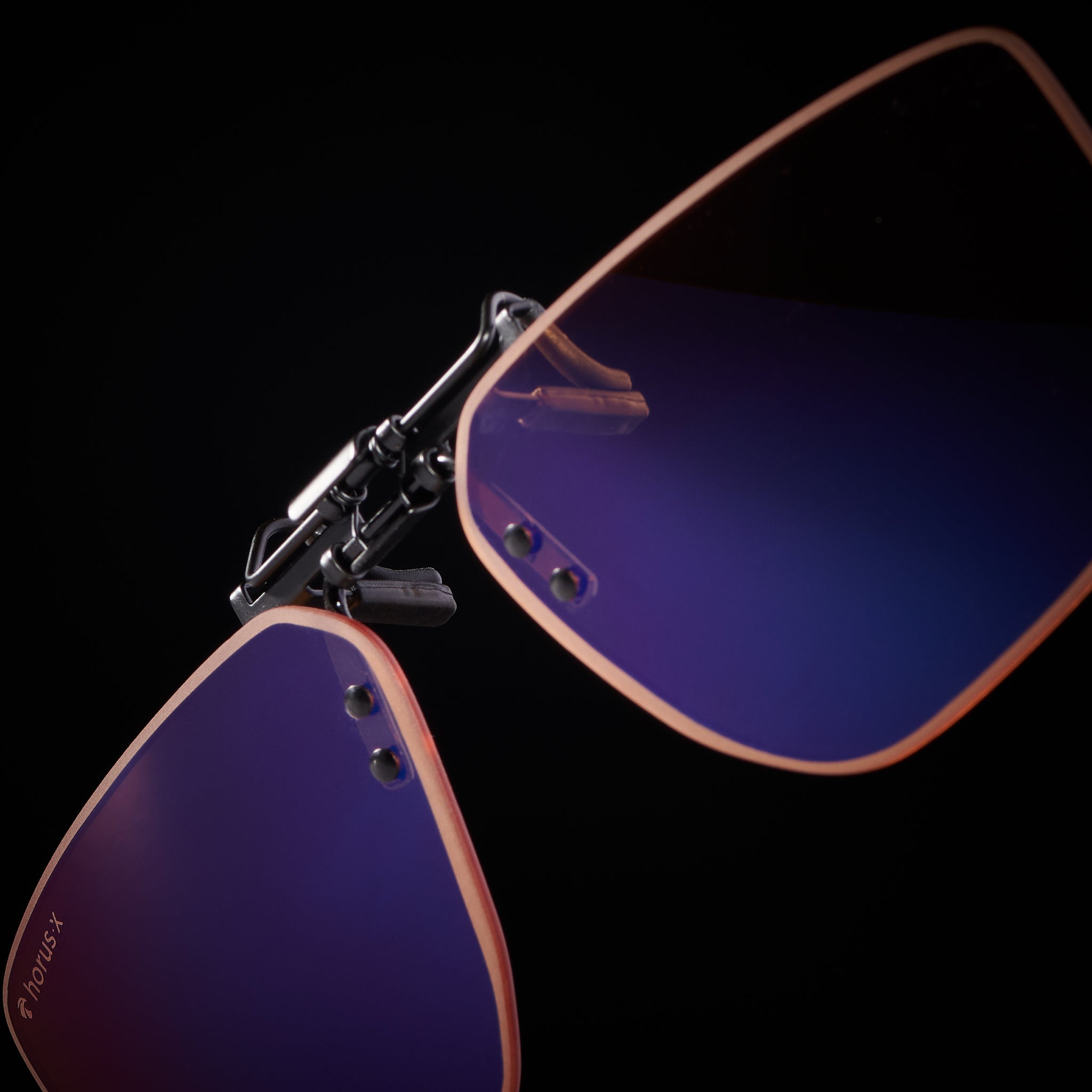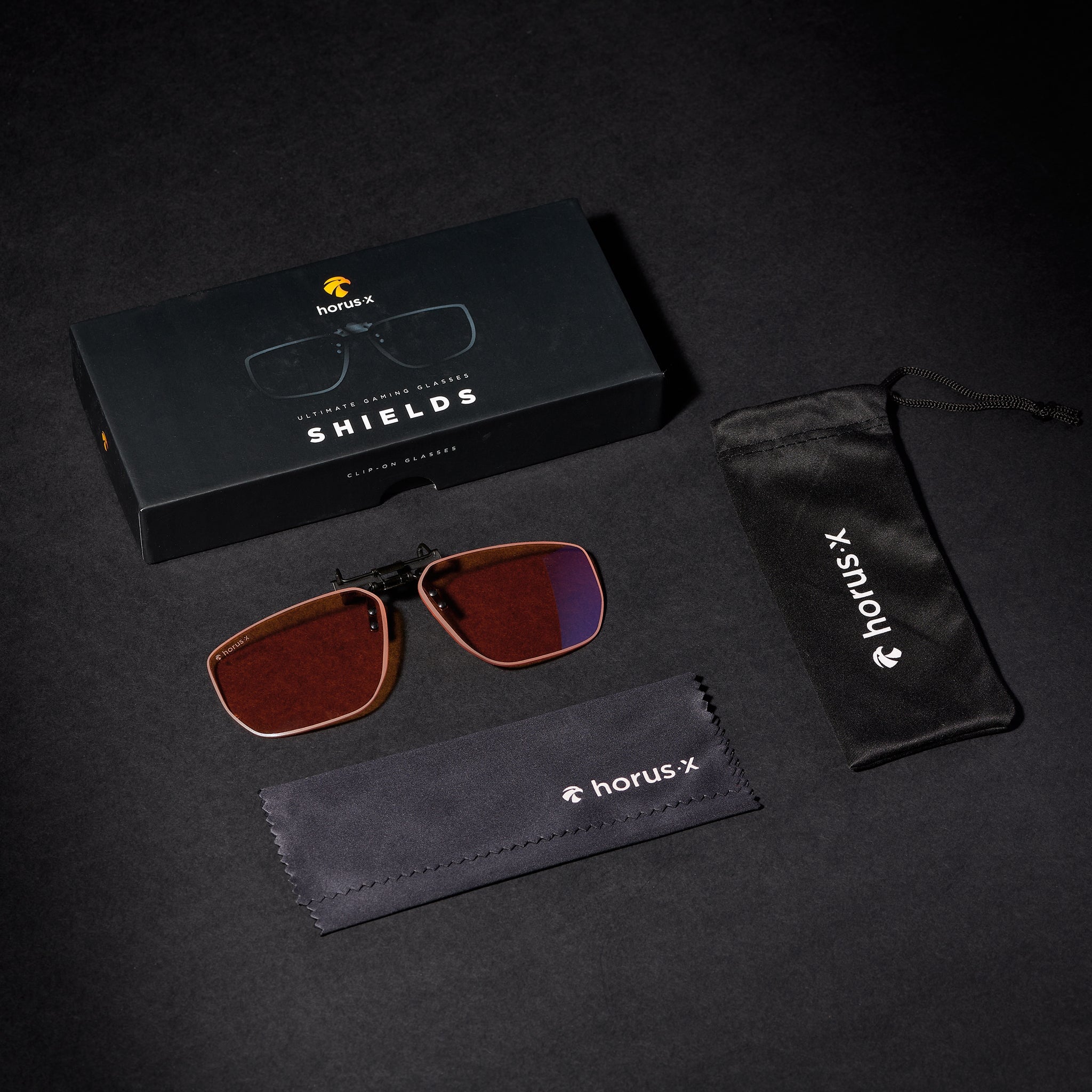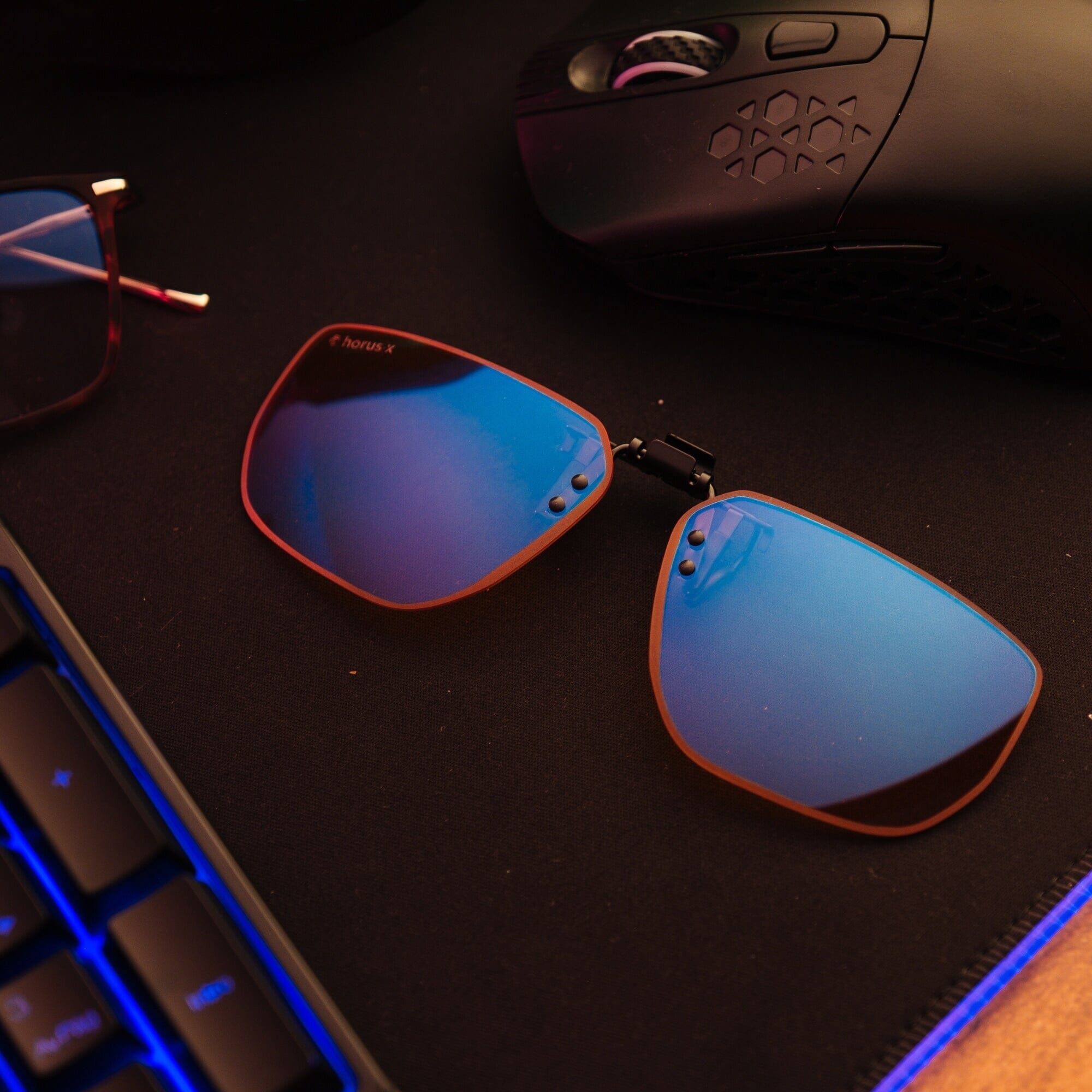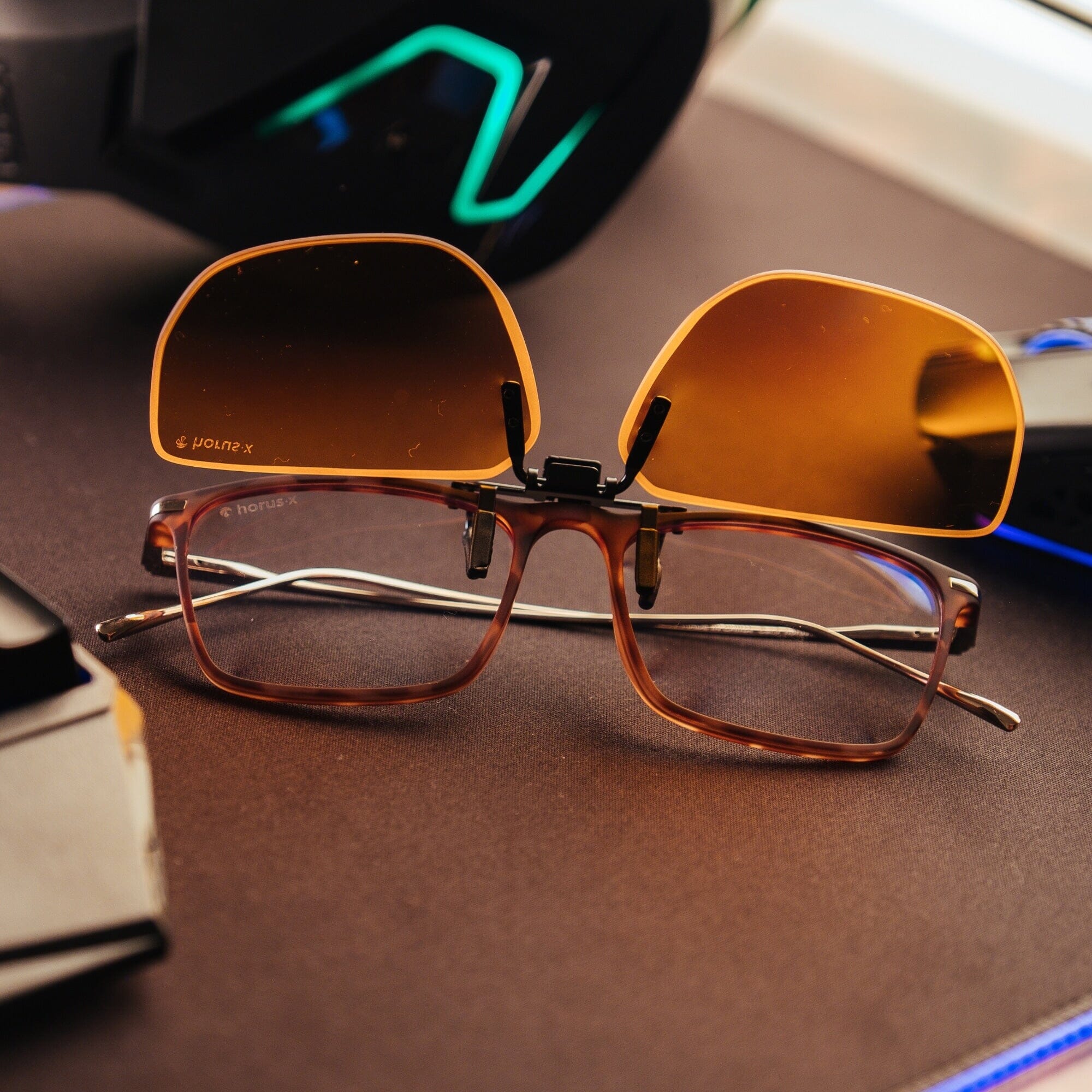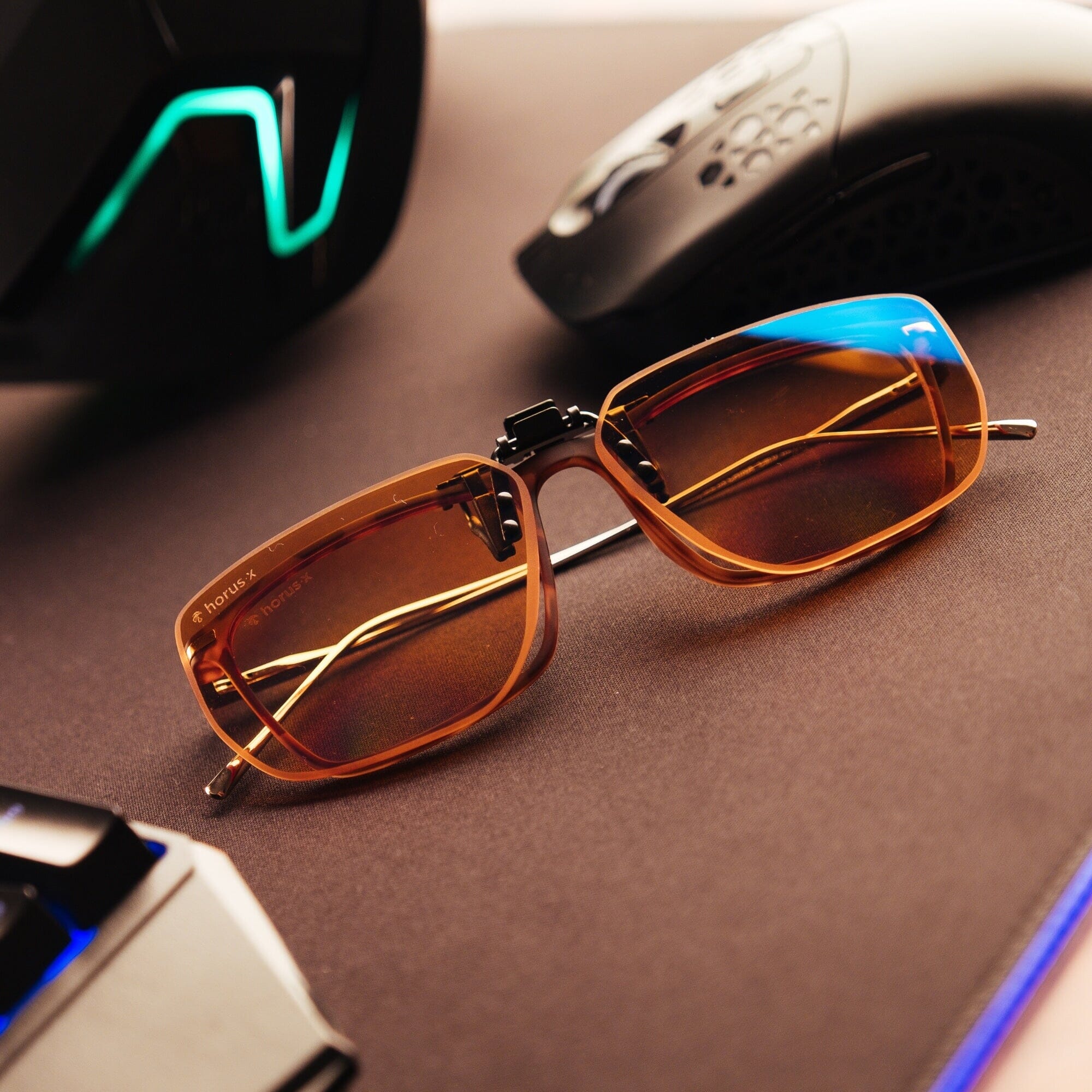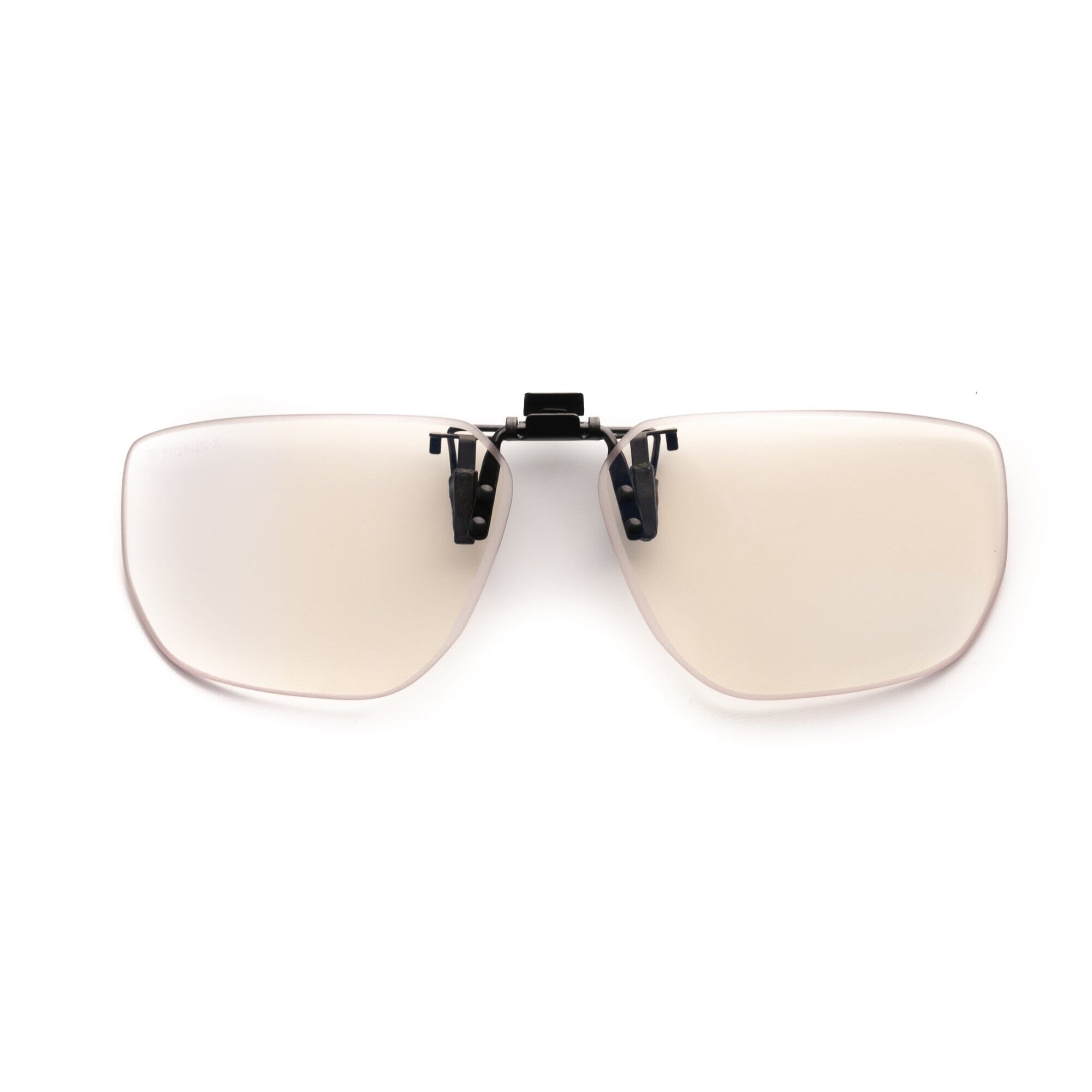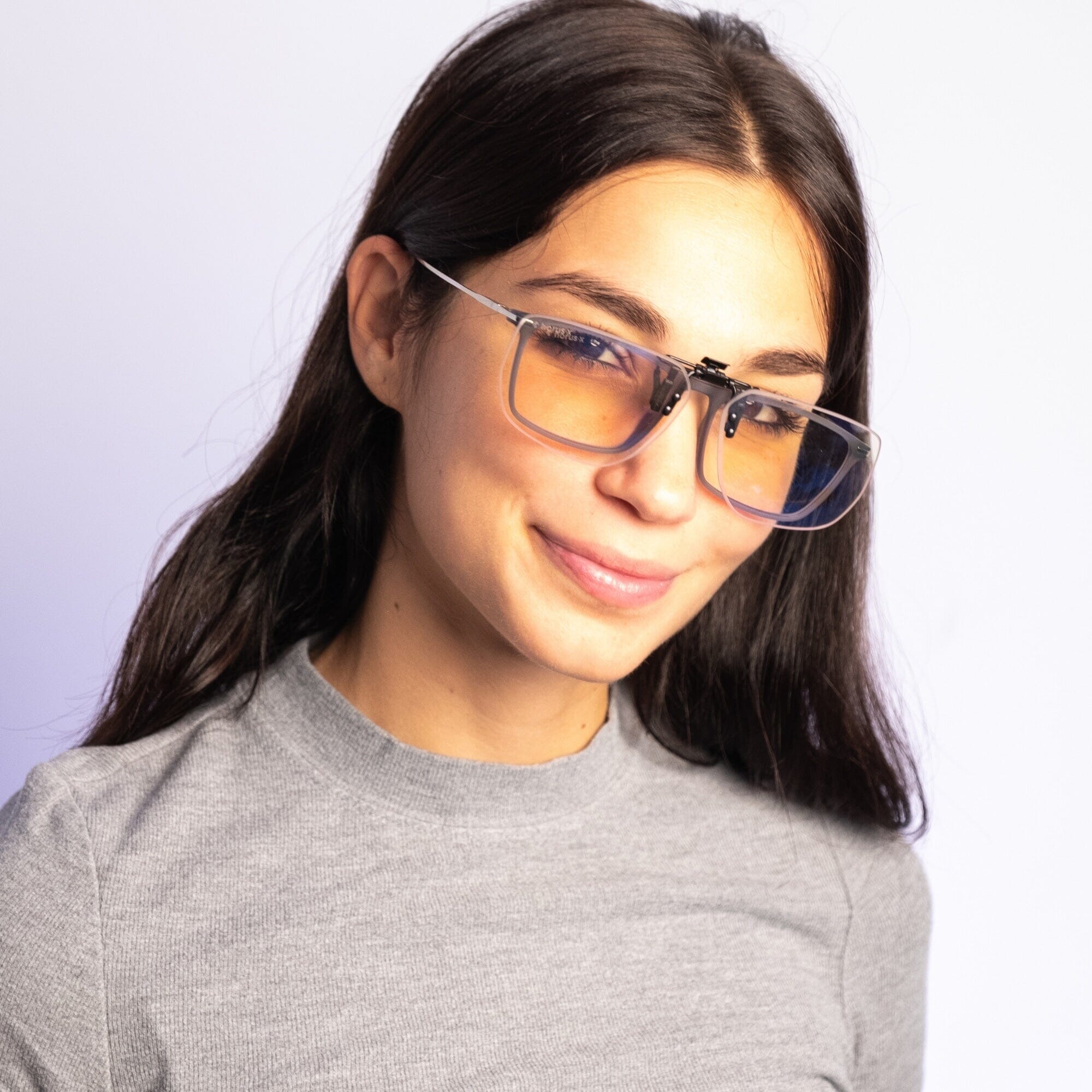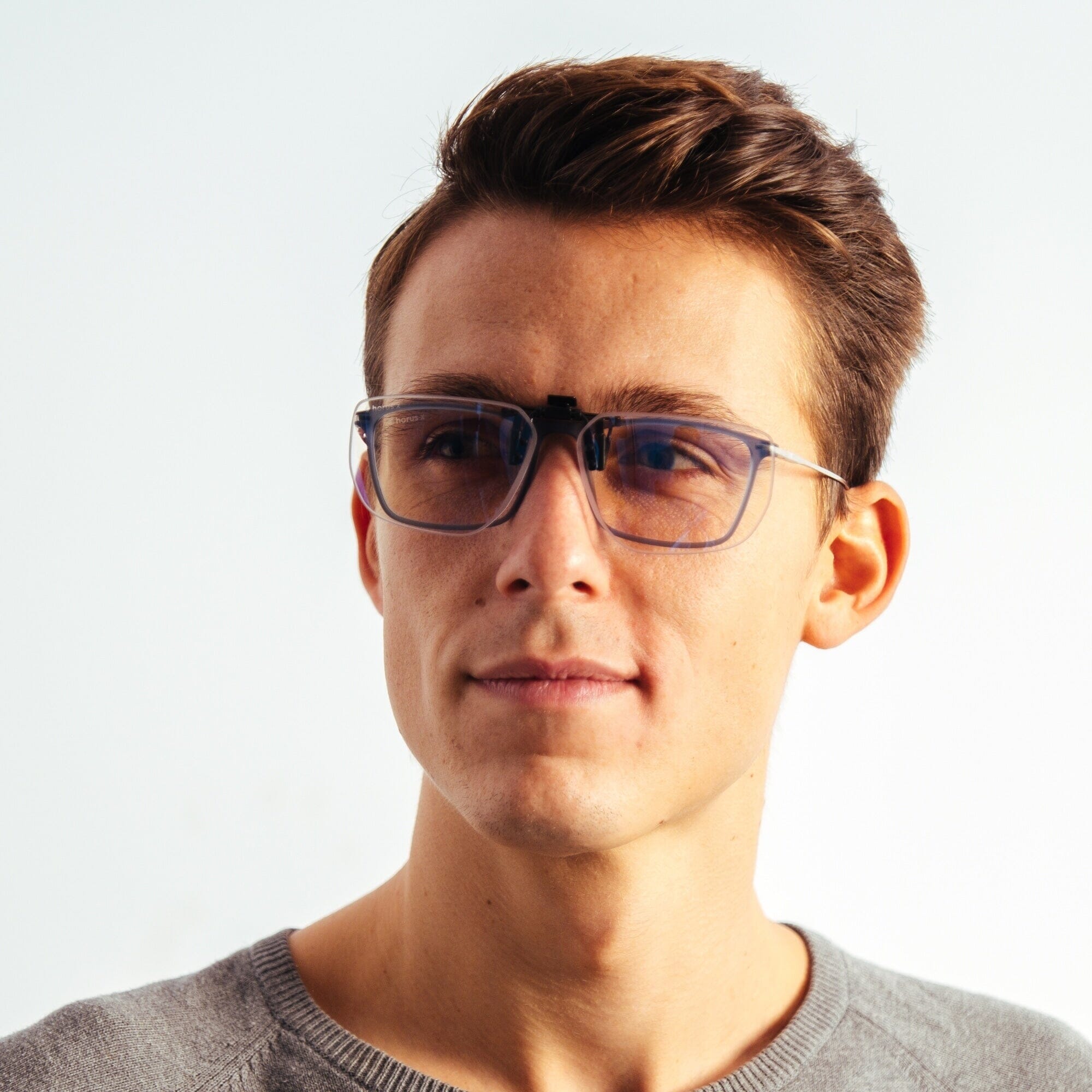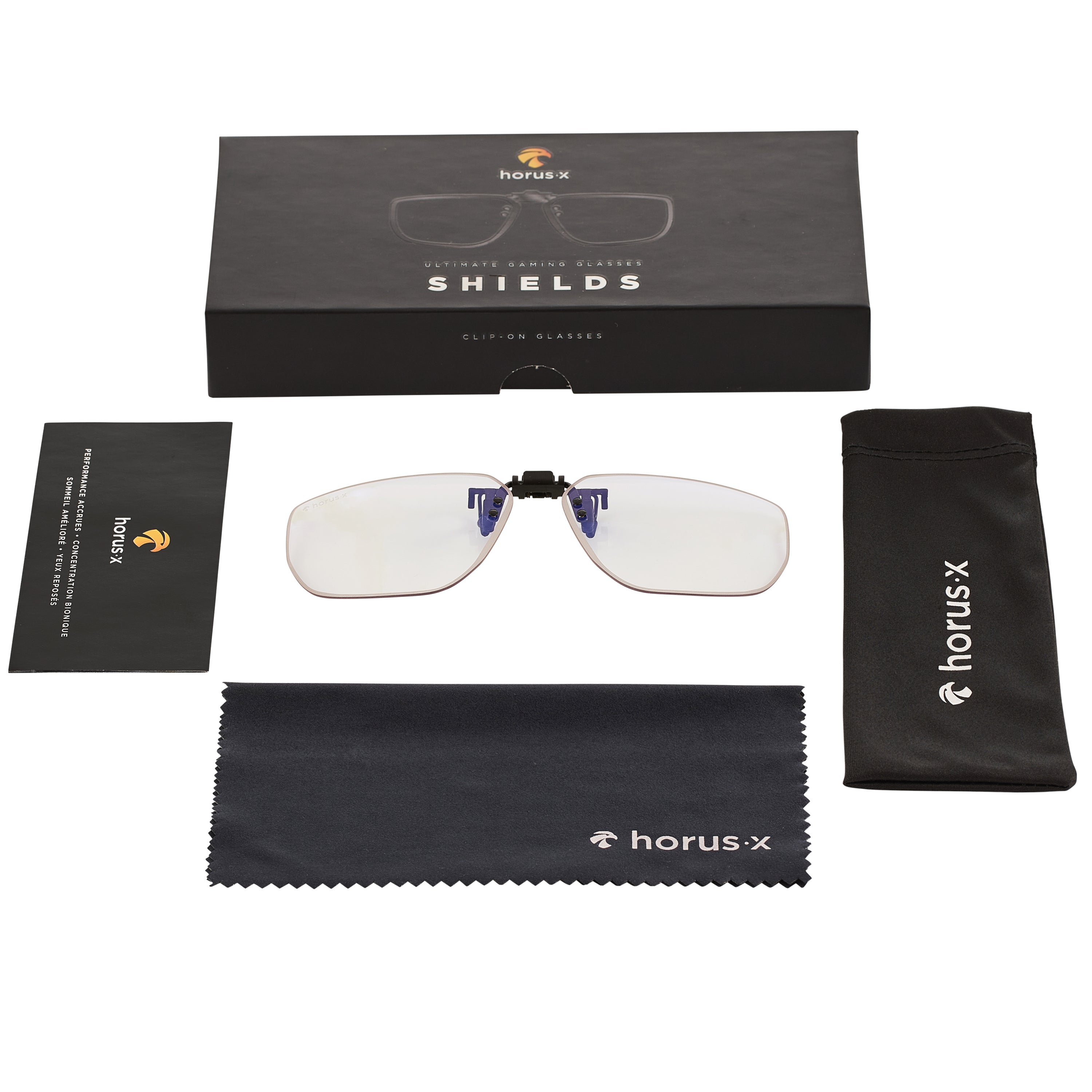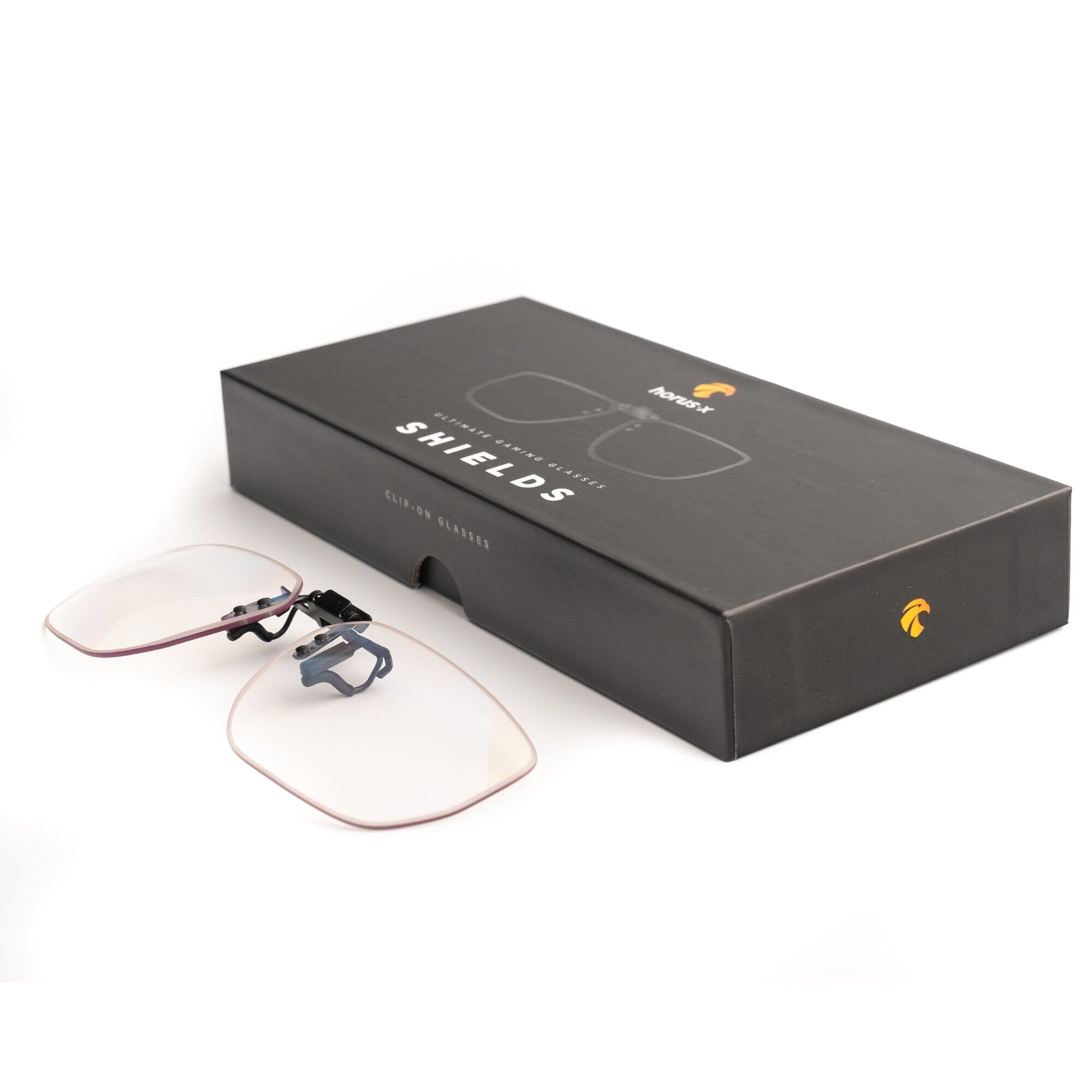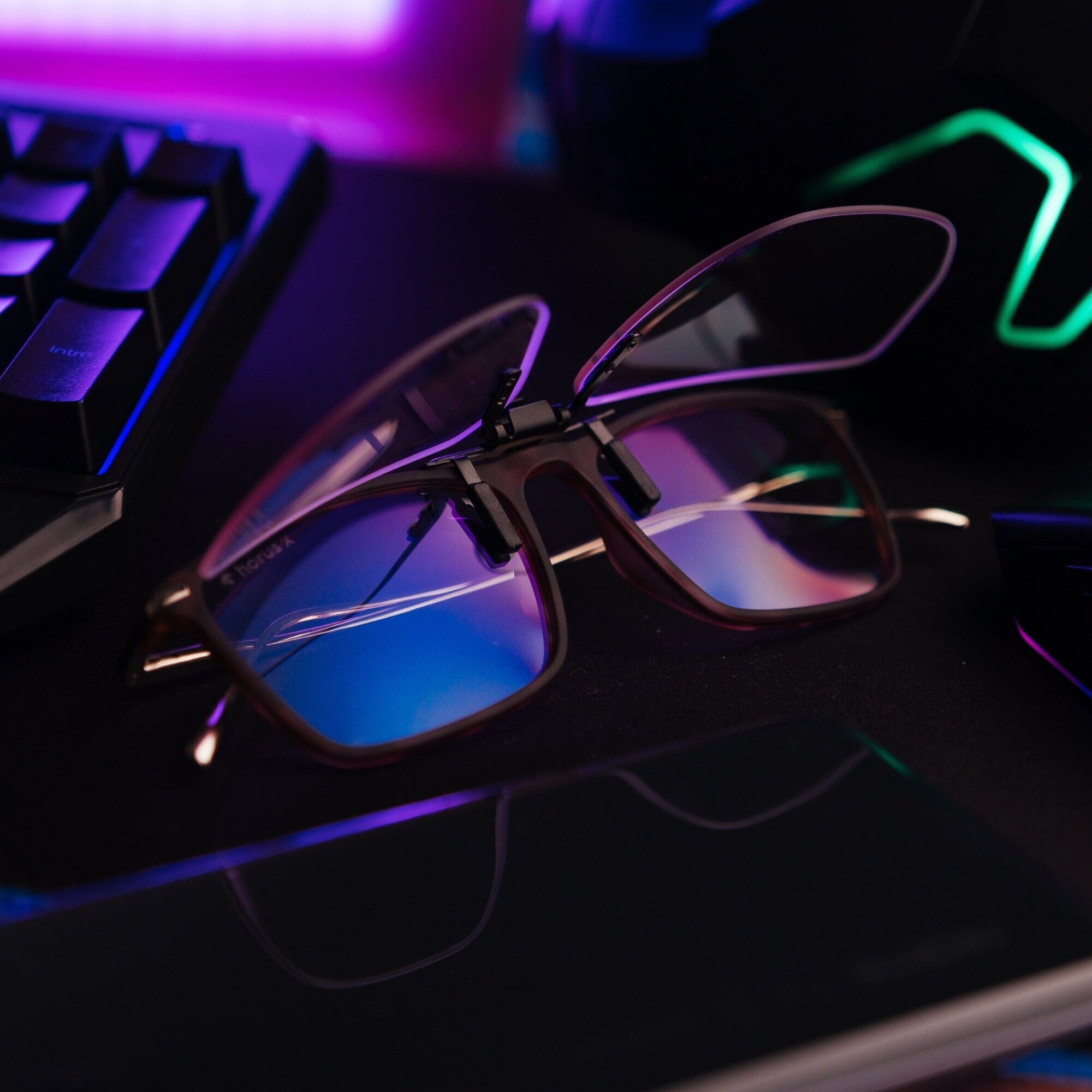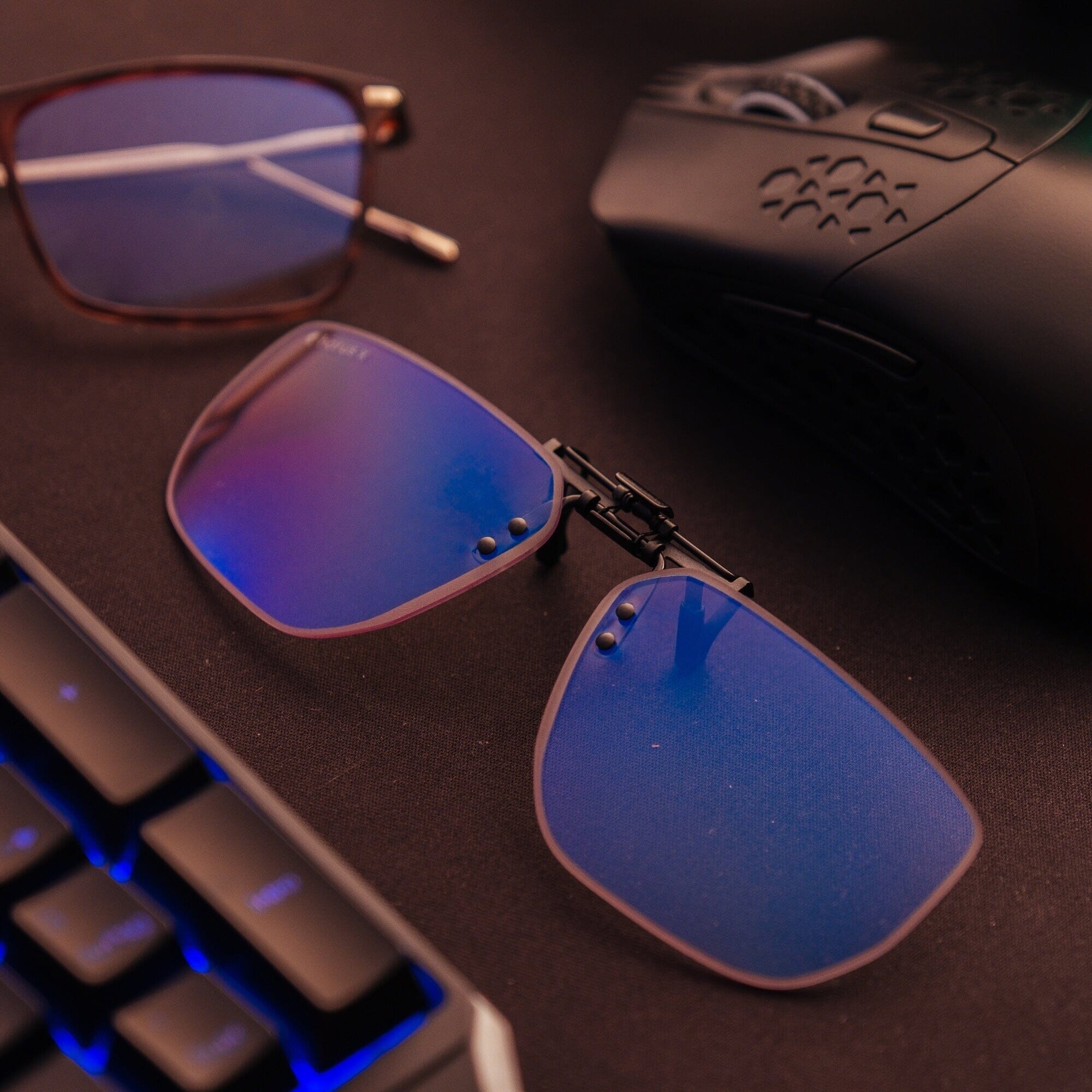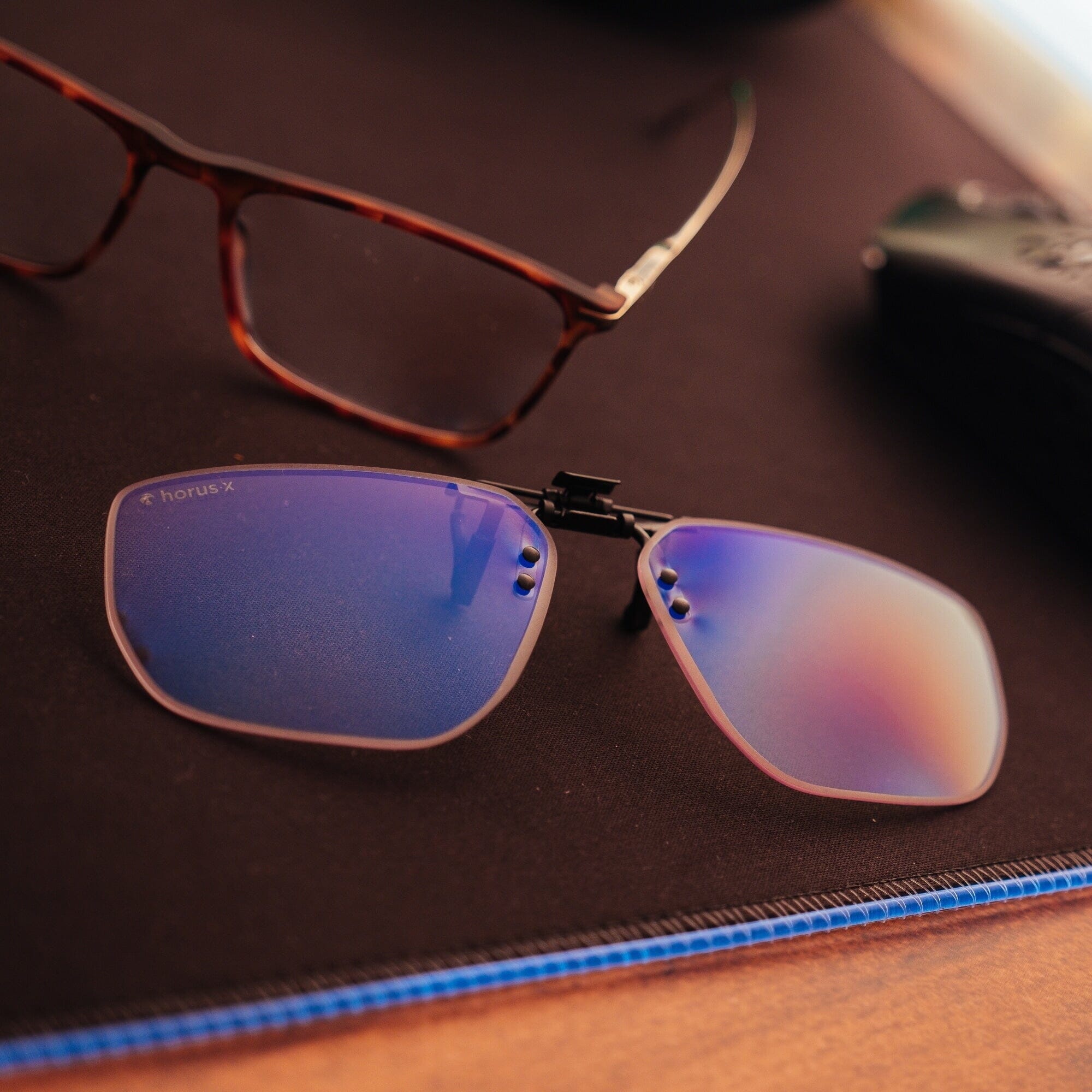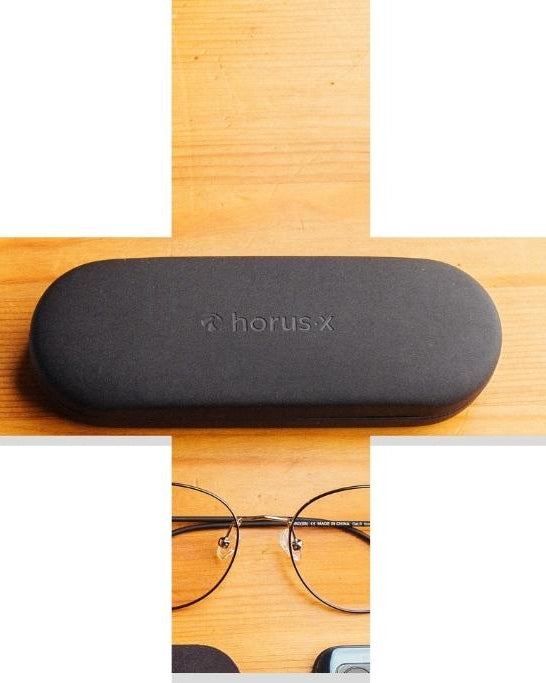Tired of watching episodes of Rings of Power on the living room TV, you decide to watch your series on your iPad or tablet in bed. The next day, you follow up with the last episode of House of the Dragon. Then it becomes a habit...
But then the problems start: tired and red eyes, difficulty falling asleep. You wonder what the dangers of from your tablet are and how to protect yourself from it!
Spoiler alert: tablets emit blue light and the most effective solution to protect yourself from is a pair of anti .
What are the dangers of from tablets?

is emitted by digital screens.
It is the most energetic of the visible spectrum, because it is close to . The scientific community now recognizes it as harmful.
Many experts and ophthalmologists put forward the dangers to an overexposure to this that it is recommended to filter :
- 😴 Impact on : blocks the secretion of melatonin which is THE hormone. This implies a disruption of your circadian rhythm, and therefore on your health.
- 😵 Effects on ( ), headaches and digital fatigue: Research is not all in tune on the subject, but they tend to highlight increasing risks on with overexposure on the long term.
What are the symptoms of overexposure?
- 👀 Generalized eye fatigue: , blurred vision, dryness, stinging, irritation
- 🤯 Headaches, neck pain
- 💤 Difficulty falling asleep
Why do tablet screens tire the eyes?
Artificial sources of blue light emit a hyper intense , with very short wavelength close to UV.
It is this intensity, coupled with the regularity of that poses a concern.
Our prehistoric eyes have not had the time to adapt to these new digital technologies which impact them in the short and long term.
Ebooks VS Tablet : .

The e-reader (like Kindle or Kobo) is designed with an electronic ink technology.
This means that the screen is originally not backlit and displays texts in different levels of gray.
Thus, by principle, the e-reader does not have at all the same amount of !
💡 Be careful though, the screen of a e-reader is complicated to read in the dark, and therefore the most modern e-readers include a small back lighting of the screen.
This lighting is not very intense (at least much less than your tablet), but do not push it and do not abuse it as it will have an impact too !
A tablet is clearly the big loser in this contest since its screen is made of LEDs.
Whether you are on an iPad, a Samsung tablet, or even on your Vtech learning to count to 20, the emitted should be filtered to protect you from its negative effects (this advice also applies to computers and smartphones).
How to remove from tablet screens ?

1. Via "software" filters in the settings of the tablet
Most tablets are natively equipped with a that allows to attenuate the emitted by changing the color of the screen.
How to activate the anti on Ipad ()
2 ways to activate your mode on your iPad Pro, iPad Air, iPad Mini or normal, and even on iPhone (By default, it is active from dusk to dawn.)
- Open the control center.
- Then long-press the Brightness control icon, then the sun-shaped button to turn the mode on or off.
Alternatively, you can go to Settings > Brightness & Display > . You can even set an automatic activation time for the mode and adjust the warmth of the colors and of your screen.

More info and updates here https://support.apple.com/fr-fr/HT207570
How to activate the "" setting on Samsung Tablet
From any screen, use 2 fingers slightly apart, and drag them from top to bottom to display the quick settings panel. Then tap on "" to enable or disable the filter (also works on your smartphone).

Normally, this method is supposed to work on Lenovo, Huawei, Xiaomi tablets and anything running Android. So test it according to your model.
The disadvantage of built-in filters on tablets.
However, these software tools are simply unable to block all the emitted by your gadgets' screens. The LED backlight still emits as part of its white , which these applications can't do anything about.
Mr. Druvin, optometrist
2. A filter to stick on top of your tablet
There are filters that you can stick directly over your tablet (like ocushields).
The problem is, you will have to buy a filter that fits perfectly to your tablet model and setting it up is always a bit tricky.
On our side, we still prefer the software filter that can be adapted to the use and the time of the day complemented with a pair of glasses that you can use against for all your screens.
3. With a pair of anti
What Lisa Ostrin, Associate Professor at the University of Houston "College of Optometry" says:
Without an anti app, cell phones and tablets expose users to an alarming amount of . Especially since people are lying in bed with their screens inches from their faces.
And all that prevents the special photoreceptor cells in the eye from triggering the release of the hormone.
Normally, when the sun goes down and the lights go out, our bodies release melatonin, which helps us well at night. But when we have all that artificial on, it prompts those photoreceptors to think it's still daytime. Apps that filter from screens are less effective than , but can still help. I highly recommend them.
https://www.npr.org/sections/health-shots/2017/11/27/561740031/apps-can-cut-blue--from-devices-but-do-they-help-you-. (PS: In 2017, Lisa Ostrin was still an assistant professor.)

By choosing a pair of glasses with cutting-edge technology, you will be able to block the harmful spectrum optimally, on all the screens you use and LEDs in your pro or personal environment.
Beware, not all anti brands are created equal, study the filtration percentages, the certification of the glasses, the presence of an anti-reflection.You will find here our nomad blue light glasses.
When to filter the emitted by tablets?
Absolutely avoid:
🌙 Evening : In the evening and at night, it is recommended to block as much as possible to avoid insomnia and problems in the long run. Even the most beneficial part of is to be filtered out to help you fall asleep. In short, as soon as the sun goes down, go for maximum protection.
With your software filter: turn the slider to the maximum, even if it means seeing your screen in orangeWith your anti : Choose a frame with amber or intense filters.
The best solution: At least one hour before going to bed, give up your tablet and switch to a book or e-reader format. During the day, you can use a much less intense and more transparent filter, which will focus on the harmful part (spectrum between 380nm and 450nm).
Final thoughts : on tablet
A few simple steps can help you and prevent dangerous long term health effects.
😲 keeps you awake and could impact your eyes and health in the long run.
😴 Avoid using your tablet at night or before bed (Also avoid every such as computer or smartphone screens.)
🌙 Turn on night mode, or even better 🕶 equip yourself with glasses to filter out harmful .

